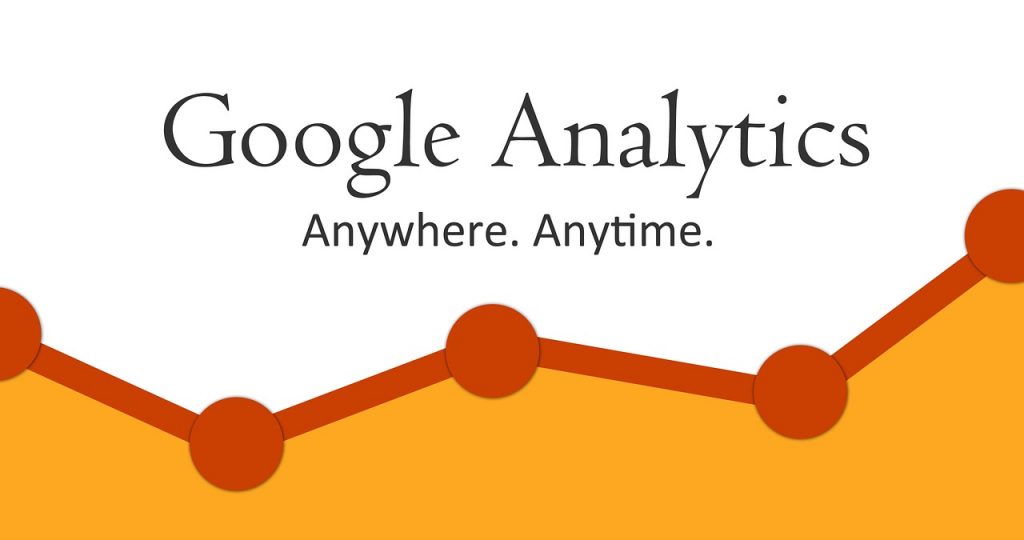The most commonly used web analytics application to date is Google Analytics. The analytics tool that they originally used was was developed in 1998, and was later acquired by Google in April 2005. It took Google a couple more years to release analytics due to extensive editing. Google tweaked, simplified, and added more advanced features to the analysis tool to keep up with advancements in technology.
What Are Web Analytics Tools — and Is It Hard to Learn?
Web analytics tools are configured to simplify website analysis with the intent of making it easier to access data like reading through your online sales records, tracking down how many times a page was shared, or counting the number of comments per post.
If you are new to Google Analytics, then it is best to start with the basics to learn how to use and navigate your way through the basics. If you don’t start with the basics, you’re likely to find that Google Analytics may not be very user-friendly.
How Do I Know What Info Google Analytics Collects?
Google Analytics tracks website activity like:
- How many pages per session
- The bounce rate of individuals using the site
- Source of traffic
- Time of the visit
- Pages visited
- How much time was spent on each page
It works by including a block of JavaScript code on your website’s pages.
Track and understand your customer’s user experience by:
- Device functionality
- Behavior
- Online content
The tracking operation feature recovers information in reference to the page request and then distributes that information to the Analytics server via a list of single-pixel image parameters, attached to a request.
Types of Web Analytics?
Basic Analytics offers a summarization of data. Meanwhile, Advanced Analytics proceeds in delivering a broader knowledge in reference to information while helping in extensive data analysis.
There are four main kinds of analytics:
- Descriptive Analytics distinguishes what happened previously.
- Diagnostic Analytics helps in understanding why the previous thing happened
- Prescriptive Analytics suggest things that you can do to affect the outcomes
- Predictive Analytics predicts what may likely occur in the future.
Can Google Analytics Track Social Media?
Social Network Analysis: targets connections between people and their followers.
It is important to know if Google Analytics can have a positive impact on your social media accounts. Currently, it does allow for viewing of eight social analytics reports that show the Return on Investments (ROI) and the impact of your social media campaigns. To calculate the reports, click here,
Does Google Analytics Cost and Is It Safe to Use?
Google Analytics does have a free version, However, A newer version, (Google Analytics 360) was introduced with more features and is not free. Small and medium-sized businesses should continue to use the free version. Google has taken safety precautions, making it harder for anyone to intercept the information being collected.
What Is Bounce Rate?
A Bounce rate is single-page sessions divided by, or the percentage of all sessions on your site where users viewed only one page and triggered only one request to the Analytics server.
What Can I Do With Analysis?
Analysis allows you to quickly configure and shift between many analysis techniques. You can break down the information, sort it out and recompile it, quickly add and remove dimensions and metrics. Use filters and segments to focus on the most relevant information.
Audience Report
An audience could refer to current consumers, or if you need a more detailed interpretation that pinpoints shoppers who accessed the detail page for Product (A) in two sessions, or in five days the consumer purchased the product.
Once you define an audience, you can:
- Focus on your marketing and use Google Ads and Display & Video 360 to activate your audience
- Submit the audience to your Analytics report examining their behavior in reference to your marketing.
You can use the audience as a secondary dimension in reports, segments, and custom funnels.
To view the data in the Audience report, you must first:
- Enable Demographics and Interests
- Create audiences in Analytics
- Publish the audience to Analytics (add Analytics as a destination for those audiences)
Breaking Down Metrics
Acquisition metrics let you know the volume of users an audience is sending you (Users), and how well the audience works to get potential new business. It also tells you where your visitors came from, like search engines, website referrals or social networks.
Behavior metrics let you know how well your site engages users, whether they’re leaving after viewing only a single page (Bounce Rate), whether they’re viewing multiple pages, and whether they’re spending enough time on your website.
Conversion metrics let you know whether users are completing transactions and goals, and generating revenue at the rate you want with your marketing (e.g., campaign, ad network)
If you’re ready to wake up your online presence and get the traffic and conversions that you’ve been waiting for, contact us today. Our team of professionals is ready to help you.

